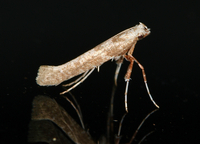
| Recorded by: Jim Petranka on 2024-04-02
Madison Co.
Comment: | 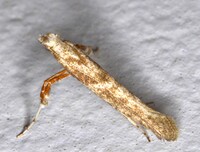
| Recorded by: Stephen Dunn on 2024-04-02
Orange Co.
Comment: |
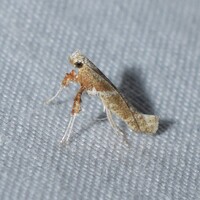
| Recorded by: David George, Jeff Niznik on 2024-04-01
Chatham Co.
Comment: | 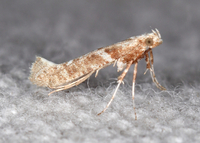
| Recorded by: Jim Petranka on 2024-04-01
Madison Co.
Comment: |
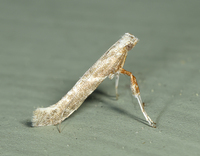
| Recorded by: John Petranka on 2024-03-16
Orange Co.
Comment: | 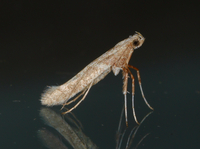
| Recorded by: Jim Petranka on 2023-04-20
Madison Co.
Comment: |
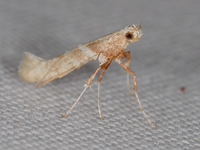
| Recorded by: Jim Petranka and John Petranka on 2023-04-19
Madison Co.
Comment: | 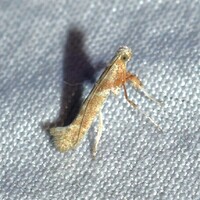
| Recorded by: Jeff Niznik on 2023-04-05
Durham Co.
Comment: |
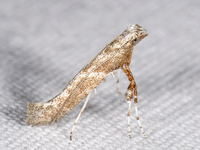
| Recorded by: John Petranka on 2023-02-21
Orange Co.
Comment: | 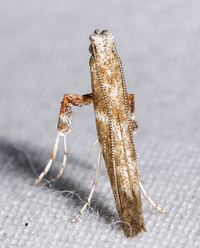
| Recorded by: John Petranka on 2023-02-21
Orange Co.
Comment: |
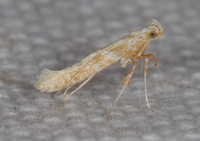
| Recorded by: Jim Petranka on 2022-05-09
Madison Co.
Comment: | 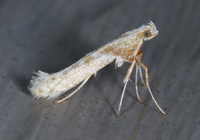
| Recorded by: Jim Petranka on 2022-05-01
Madison Co.
Comment: |
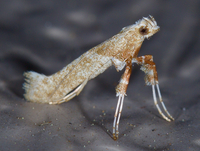
| Recorded by: Jim Petranka on 2022-04-23
Madison Co.
Comment: | 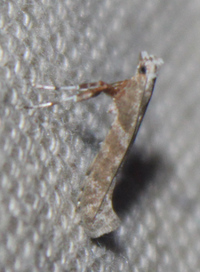
| Recorded by: Vin Stanton on 2022-03-17
Buncombe Co.
Comment: |
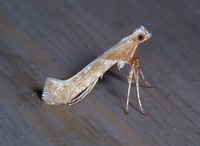
| Recorded by: Jim Petranka on 2021-04-12
Madison Co.
Comment: | 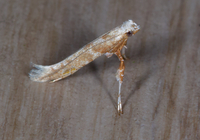
| Recorded by: Jim Petranka on 2021-04-08
Madison Co.
Comment: |
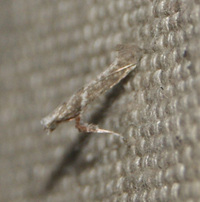
| Recorded by: Vin Stanton on 2021-03-23
Buncombe Co.
Comment: | 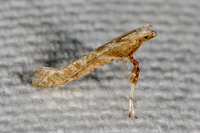
| Recorded by: David L. Heavner on 2021-03-14
Chatham Co.
Comment: |
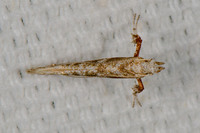
| Recorded by: David L. Heavner on 2021-03-14
Chatham Co.
Comment: | 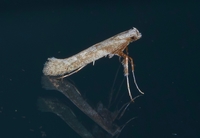
| Recorded by: Jim Petranka and Becky Elkin on 2020-04-21
Madison Co.
Comment: |
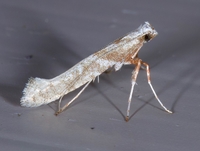
| Recorded by: Jim Petranka and Becky Elkin on 2020-04-07
Madison Co.
Comment: | 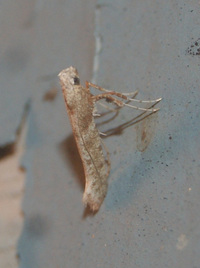
| Recorded by: Vin Stanton on 2019-04-16
Buncombe Co.
Comment: |
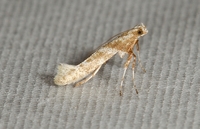
| Recorded by: Jim Petranka and Becky Elkin on 2019-04-09
Madison Co.
Comment: | 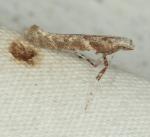
| Recorded by: T. DeSantis on 2016-03-12
Durham Co.
Comment: |
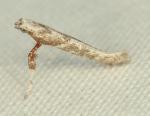
| Recorded by: T. DeSantis on 2015-03-31
Durham Co.
Comment: | 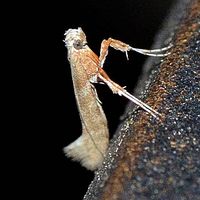
| Recorded by: Paul Scharf on 2014-04-05
Warren Co.
Comment: |
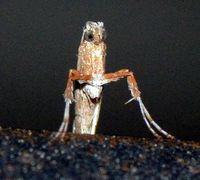
| Recorded by: Paul Scharf on 2014-04-05
Warren Co.
Comment: |

 »
»



 »
»

